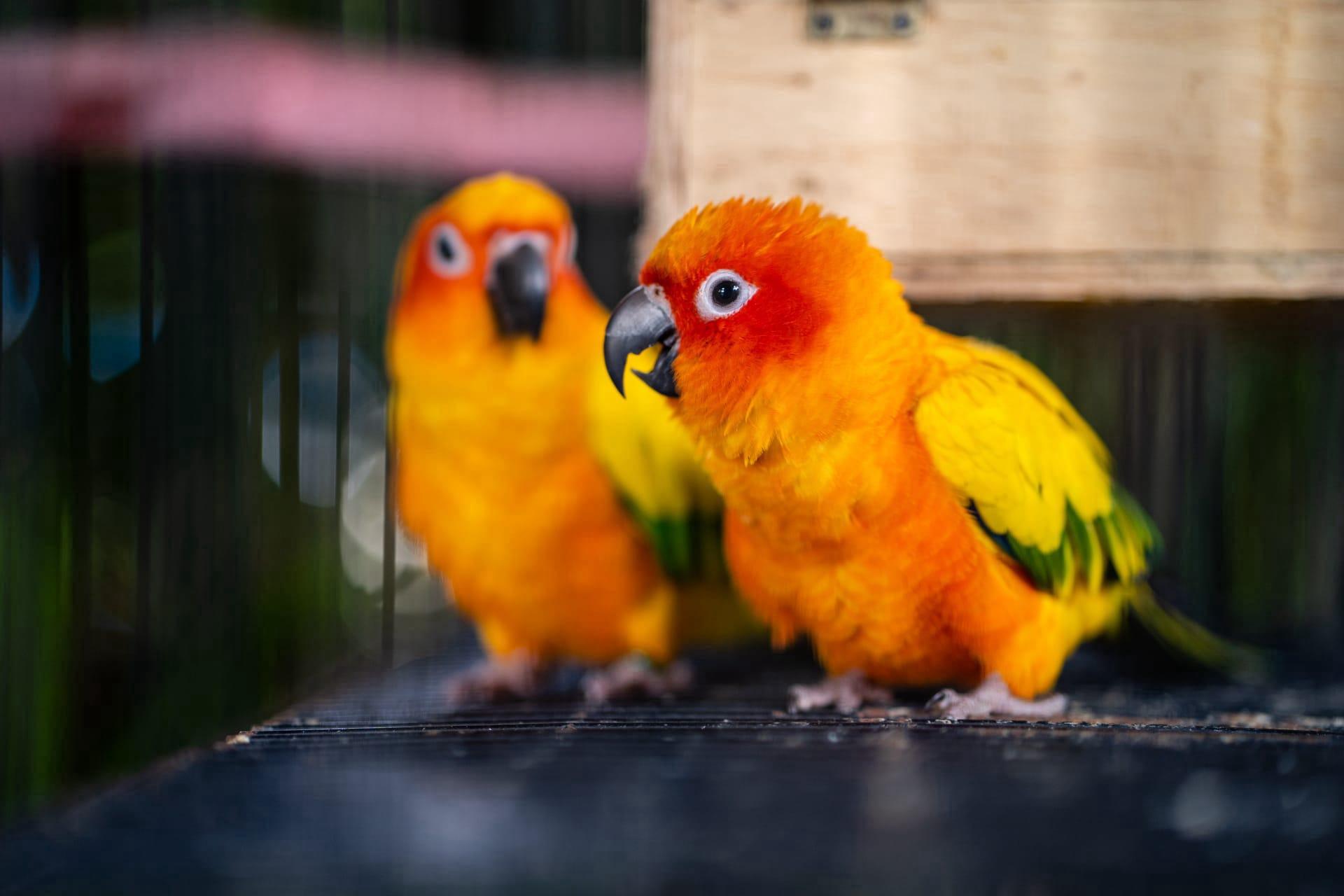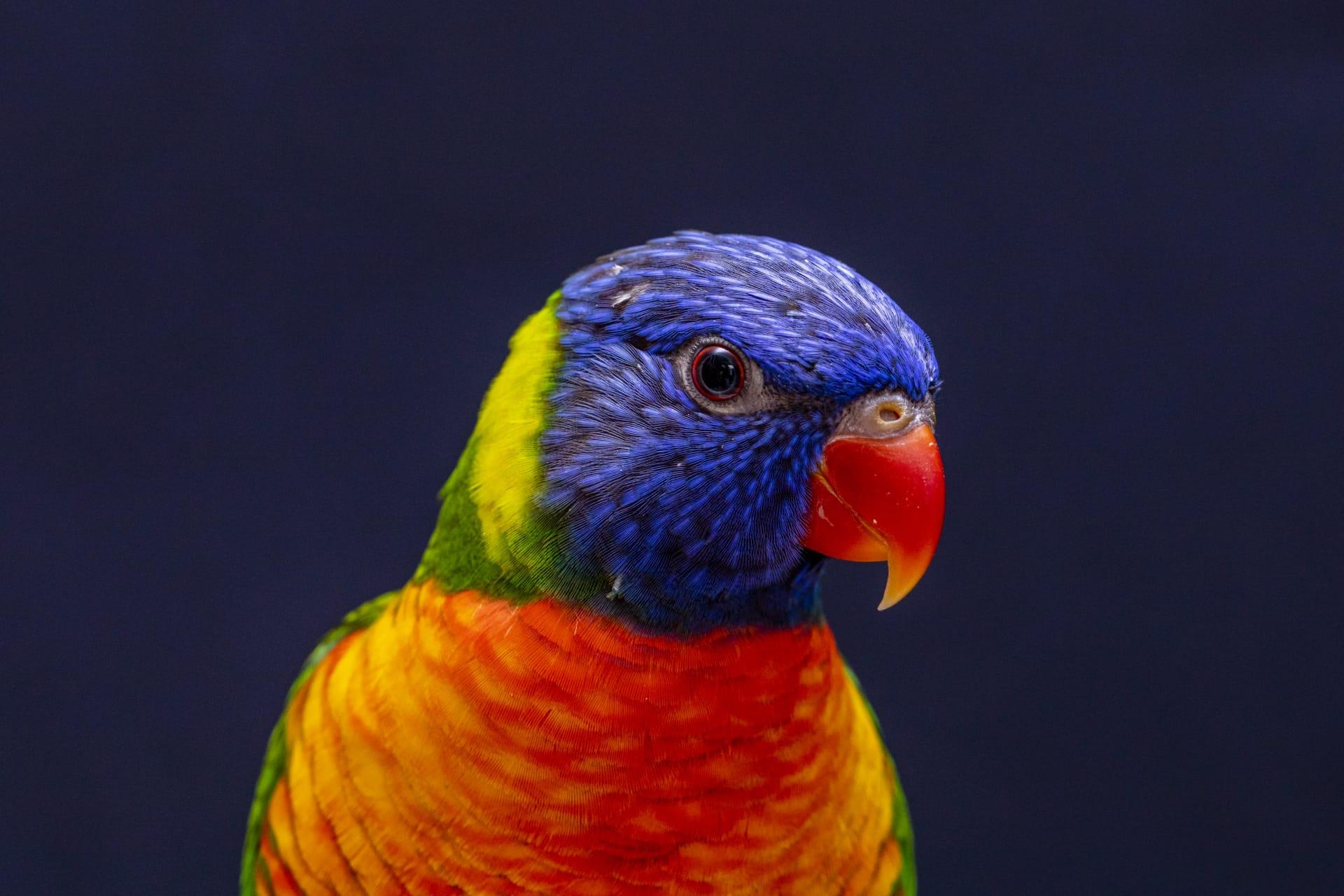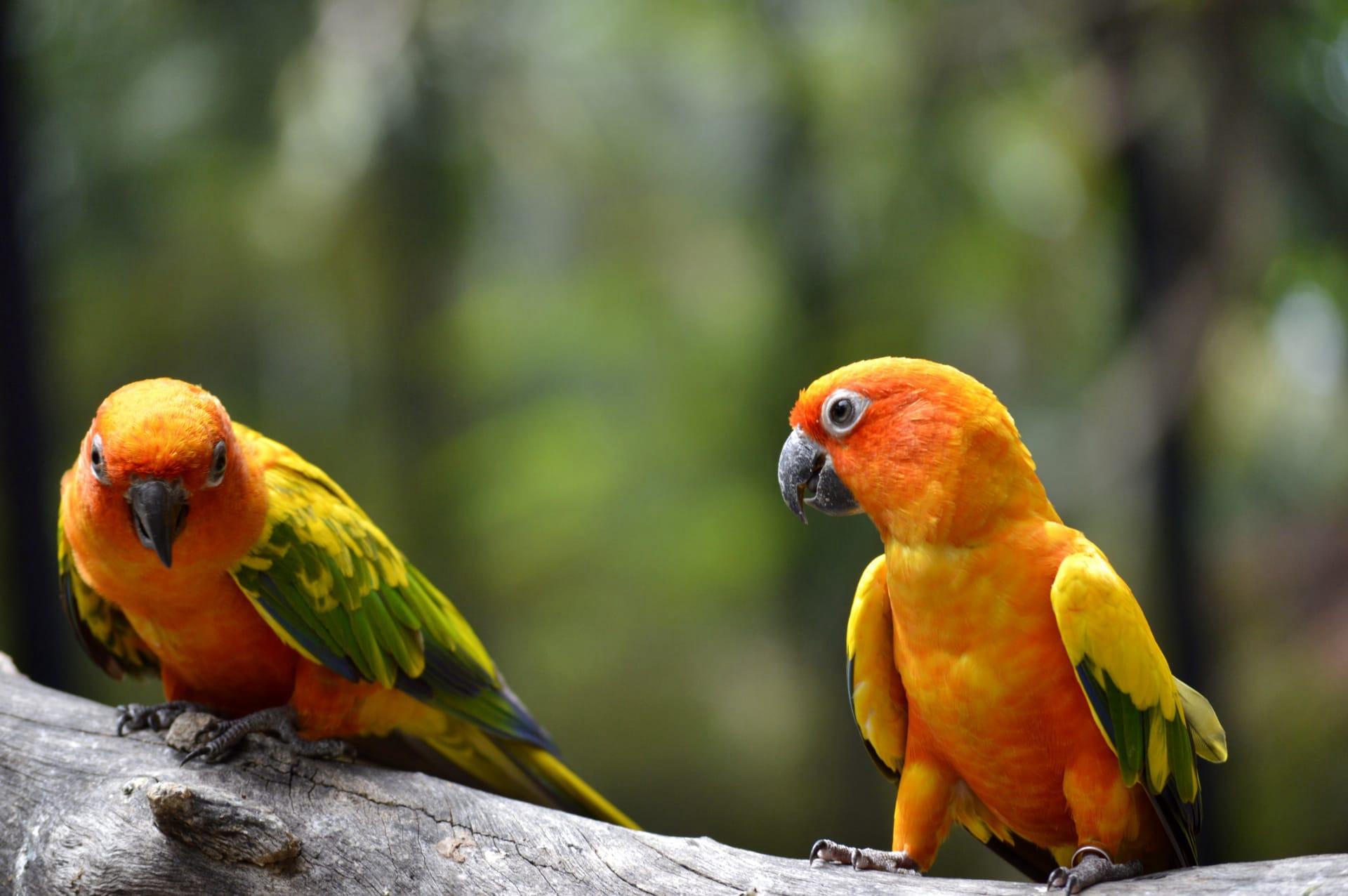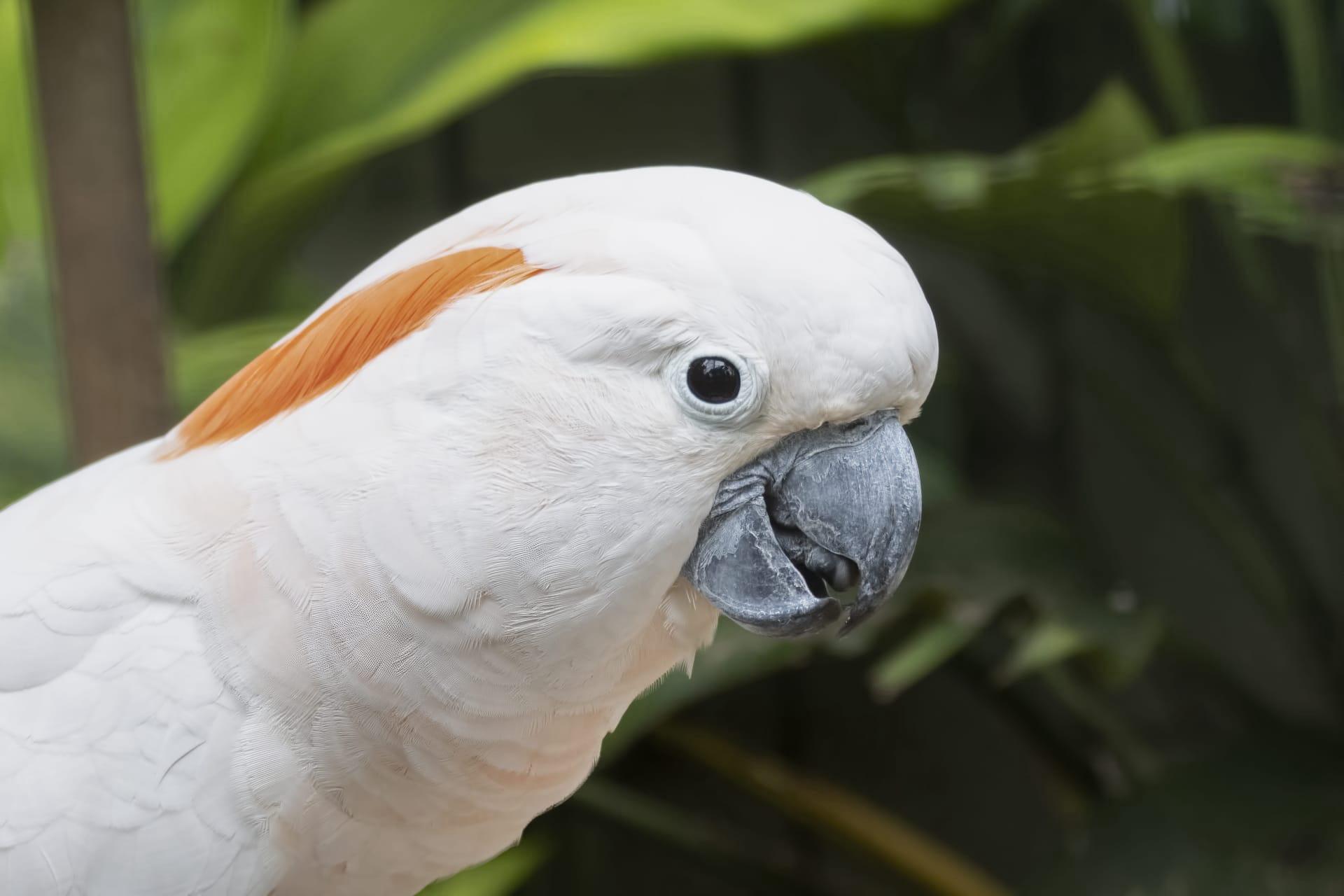Parrot Characteristics
- Home /
- Mini Encyclopedia /
- Animal /
- Parrot Characteristics
1
Parrots, with their vivid colors and intriguing behaviors, are fascinating creatures. These birds vary greatly in size, ranging from the petite Budgerigar at about 7 inches to the Hyacinth Macaw, which can reach up to 40 inches in length. Parrot species can weigh from as little as 30 grams to a hefty 1.5 kilograms. Lifespan is another remarkable aspect, with some parrots like the Macaws and Cockatoos living up to 60 years or more in captivity, a testament to their resilience and adaptability.
One of the most distinctive organs of a parrot is its beak. Strong and curved, it's more than just a feeding tool. A parrot's beak is a multipurpose instrument used for climbing, manipulating objects, defending, and, of course, eating. Its upper beak grows continuously, requiring regular use to keep it from overgrowing. The beak's strength is enough to crack hard nuts and seeds, but it's also delicate enough to handle softer fruits and nectar.

2
Question: Why do parrots mimic human speech?
Answer: Parrots mimic human speech because of their highly developed auditory cortex and social nature. In the wild, these birds use vocalization to communicate within their flock, identify each other, and establish territories. In captivity, humans become their 'flock,' and mimicking our speech is a way of social interaction. Parrots like African Greys and Budgerigars are especially adept at this, showing a surprising ability to understand and replicate sounds they hear around them.

3
Parrots are known for their agile movements. Most species are excellent fliers, with strong wing muscles that facilitate long flights, rapid maneuvers, and hovering. Their flight is not just a means of travel but also an escape tactic and a way to scout for food. On the ground, they can be quite adept too, using their beaks and feet in combination to climb and traverse branches.
In terms of feeding, parrots exhibit a varied diet, ranging from seeds and nuts to fruits, nectar, and in some cases, insects. They use their beaks efficiently to break open food sources. In addition, many parrots have a unique tongue with a bone inside, aiding in extracting nutrients from their food, particularly useful for species that feed on nectar.

4
Parrots inhabit a diverse range of environments, from rainforests to grasslands and even alpine regions. Their adaptability to various climates and food sources has allowed them to spread across many continents. However, habitat destruction and the pet trade have significantly impacted their natural environments, leading to the endangerment of several species.
Reproduction in parrots is characterized by their strong pair bonds. Most species are monogamous. They engage in mutual grooming and share food, which strengthens their bond. Nesting typically occurs in tree cavities, where the female lays eggs and both parents partake in incubation. The young are altricial, meaning they are born blind and helpless, requiring significant parental care.

5
Book: "Parrots: The Animal Answer Guide" by Matt Cameron. This book offers a comprehensive overview of parrot biology and behavior. Published in the USA in 2006, Cameron delves into various aspects of parrot life, including communication, diet, and conservation issues, making it an informative read for both enthusiasts and professionals.
Book: "The Parrot's Lament" by Eugene Linden. A fascinating collection of stories highlighting the intelligence and emotional complexity of parrots. Published in the USA in 1999, Linden's work explores the profound connection between humans and these charismatic birds, offering insight into their behavior in both wild and captive settings.